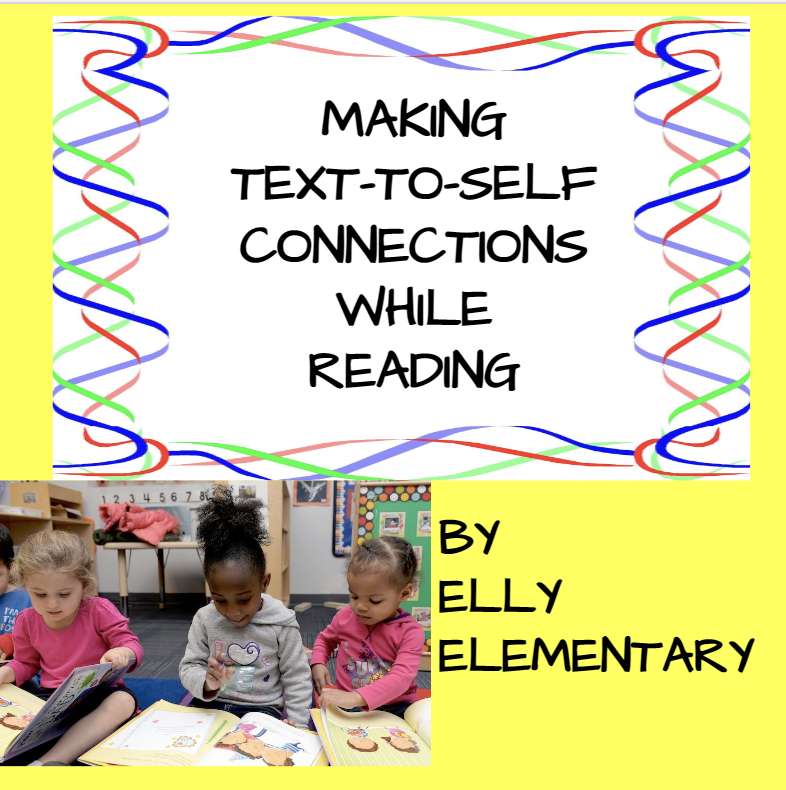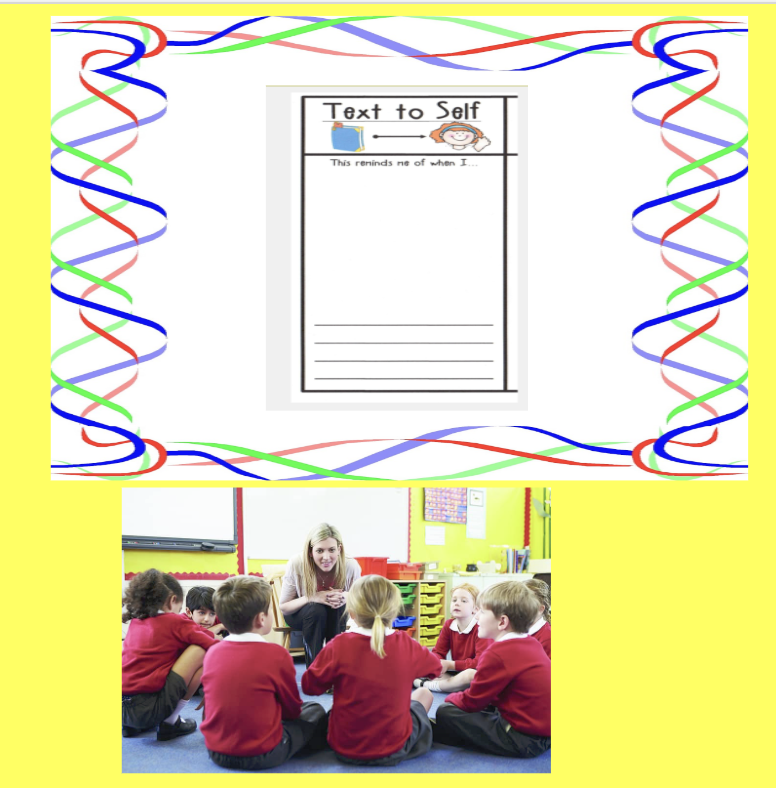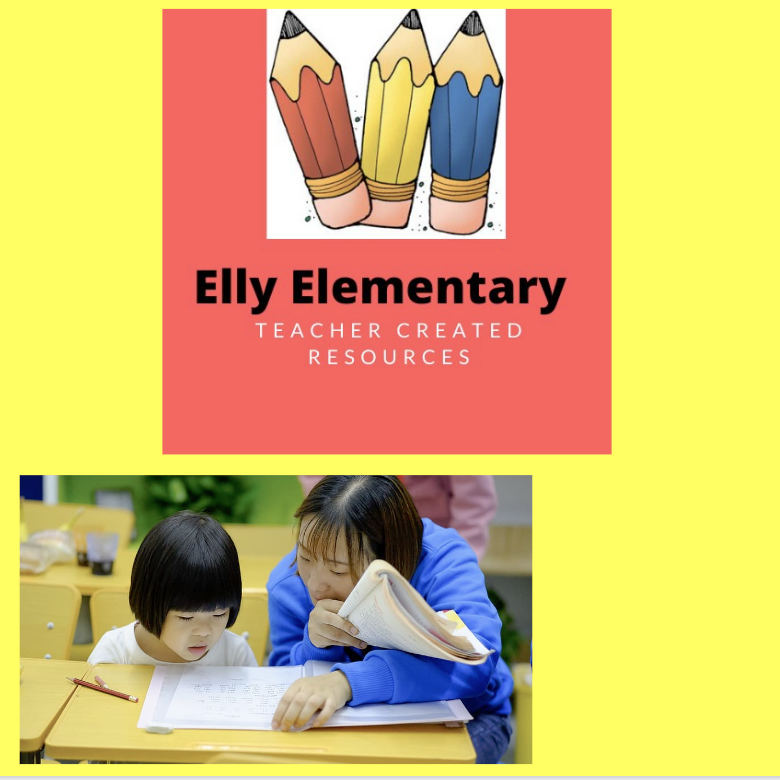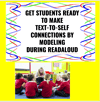MAKE TEXT-TO-SELF CONNECTIONS WHILE READING: STRATEGIES & PRACTICE
Making text-to-self connections is a reading strategy that helps readers relate what they're reading to their own experiences, thoughts, and feelings. By making these connections, readers can better understand and engage with the text, making it more meaningful and memorable.
There are several strategies that readers can use to make text-to-self connections, such as reflecting on their own experiences that are similar to what they're reading, identifying emotions that the text evokes, and making predictions about what might happen next based on their own experiences.
To practice making text-to-self connections, readers can start by selecting a text that they find interesting or relevant to their own lives. As they read, they can pause periodically to reflect on how the text relates to their own experiences, thoughts, and feelings. They can also jot down notes or make annotations in the text to help them remember their connections.
Overall, making text-to-self connections is a powerful reading strategy that can help readers engage with and remember what they're reading. With practice, readers can become more skilled at making these connections and using them to deepen their understanding of the text.
Making text connections is vital to student comprehension and can enhance reading motivation and engagement. Making Text-to-Self connections is a very important reading strategy that is initiated through read-alouds.
This ELA resource introduces text-to-self connections, suggests books to use to practice this strategy, and includes independent worksheets with suggestions for conferencing about text-to-self connections during Readers Workshop. Can be used over many grade levels.









